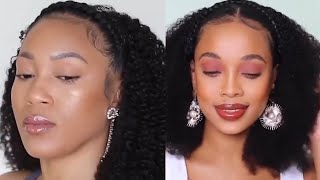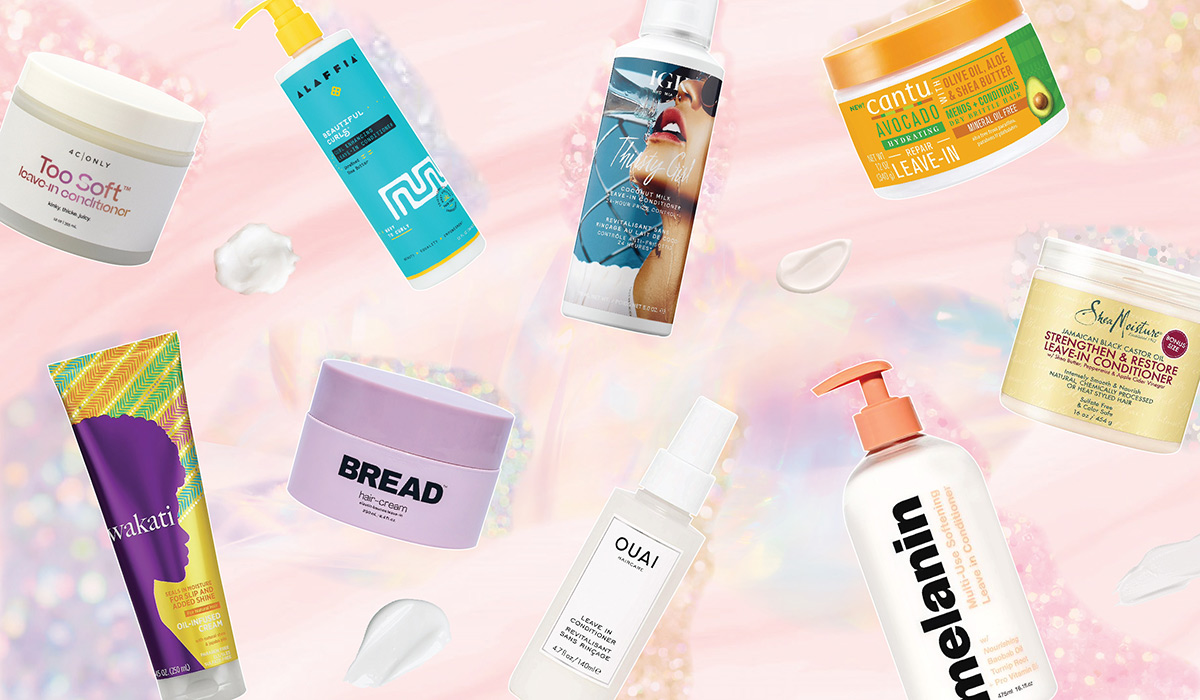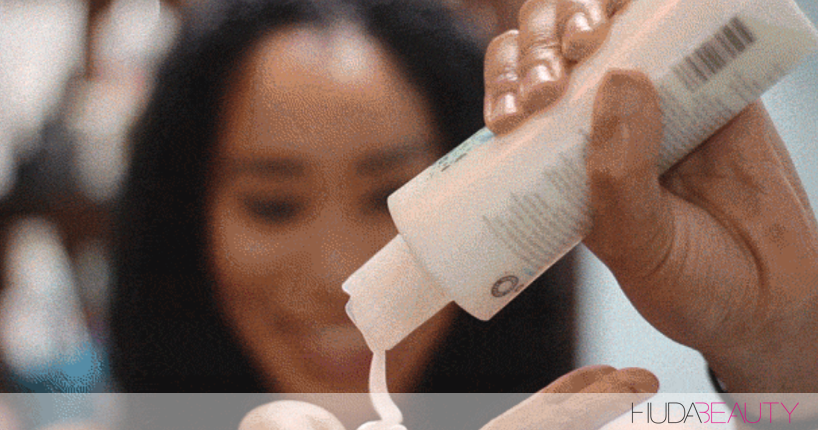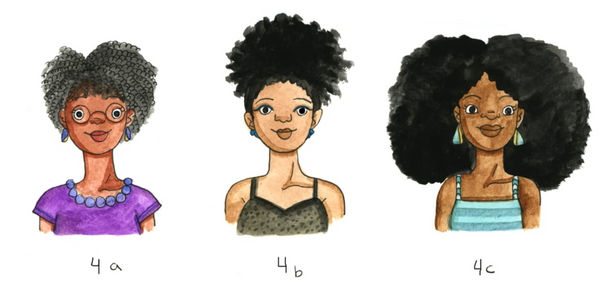Black Hair Types: Type 3 and Type 4 - What's Yours?
If you’re new to natural black hair community, you may have heard a little bit about different black hair types. This pretty much gives you an idea of which category your hair type(s) falls under so that you can get a better idea of which products and methods work best for your hair. There are 4 different hair types, but the main ones discussed within the natural black hair community are type 3 and type 4 hair, which is predominant within the black community.
Black Hair Types
As discussed earlier, black hair types generally refer to 2 types: Type 3 & Type 4 hair. So, let’s discuss these 2 black hair types so that it gets easy for you to understand which type your hair falls into. Knowing your hair type will help you to take care of it the best way.
Type 3
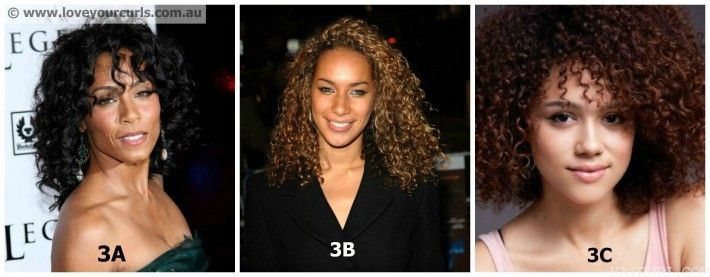
- 3A– Very large curls and/or crinkly waves
- 3B– Loose spiral curls
- 3C– Springy tight spiral curls
The Type 3 hair is typically soft in nature, but still requires a lot of moisture, maintenance and care. Usually, this hair type is best styled in a wash & go, but the versatility of styles you can achieve is virtually endless.
Type 3 hair tends to frizz up easily, so look for a gel, sebum or edge control product that will keep the frizz and flyaways to a minimum.
You will also want to stay away from very heavy products since they have the tendency to weigh down your curls, leaving them with a limp, greasy appearance. Although 3C hair types can typically handle heavier products, if you’re closer to a 3A sticking to lightweight moisturizers and oils would be your best bet.
Naturally Curly Hair Types
Type 4

- 4A– Loose/Tight coils
- 4B– Very tightly coiled/ zig-zag pattern
- 4C– no real “curl” pattern
Type 4 is the curliest of them all, featuring tight curls, coils and kinks. This texture is also one of the most versatile since shrinkage gives the illusion of shorter hair even if the hair is waist-length.
People tend to have a love-hate relationship with Type 4 hair, but its maintenance isn’t difficult if you understand the nature of the hair and how it reacts to certain products and styling techniques. One major thing to keep in mind is that you have to be extra careful handling type 4 hair, as it is very prone to breakage and knotting. Type 4a tends to have very small, ringlet curls and coils and can have shrinkage of up to 70% of its actual length.
Type 4b pretty much behaves the same way that 4a does, but it tends to either have very tight coils or have a zig-zag pattern.
Type 4c is the most delicate of all, featuring no real curl pattern and boasting shrinkage of up to 85% of its actual length. This hair needs the most moisture and tends to react very well to the LOC (leave-in, oil, cream) or LCO method.
Black Hairstyles With Short Length Hair
Maintenance Tips
Shampooing– Be sure to use shampoos that are moisturizing and stay away from sulfates as they tend to dry out the hair and scalp. For any natural, co-washing or using a cleansing conditioner is the best option since the co-wash won’t strip the hair of moisture.
While washing the hair in sections is easier, it is not required and pretty much depends on the density and thickness of your hair (if your hair is thick you may want to wash and detangle it in sections).
A great tip to keep in mind while shampooing is to hold the hair tight while scrubbing the scalp-this will keep tangles at bay and allow the suds to run down the length of the hair more efficiently.
Conditioning: Deep conditioners are the best option when maintaining the health of any curly hair type. While regular conditioners offer a good amount of moisture, deep conditioners will both repair and moisturize the hair from the inside out, giving it what it needs to remain healthy and strong. Since our hair is typically dry in nature, deep conditioning should at least be done once a week in order to maintain a proper balance of moisture.
Moisturizing: After washing and conditioning the hair, the hair still needs to be moisturized again before styling. Moisturization will keep the hair supple and manageable during the styling process so that the amount of breakage experienced is reduced. It is important to moisturize multiple times per week, so be sure to choose a moisturizer that will not leave the hair greasy or weighed down.
Styling: Using a gel or curl enhancing product will bring out the natural curliness of the hair. Be sure to not use products that contain alcohol, since alcohols will dry out your hair and leave it looking dull. To get the best results, apply the product in small sections making it through with your fingers. Once the product is applied throughout the whole entire head, follow up with light oil or serum in order to deter frizz and lock in the moisture.
Drying: With curly hair, it is always best to air dry, but you can also use a diffuser or blow dryer. If you do choose to blow the hair out, use the tension method with a nozzle attachment at a medium heat setting. If you opt to air dry but still want a stretched result, try braiding, twisting or banding the hair in order to stretch it out as it dries. Not only will this prevent the hair from knotting and tangling, but it will also leave you with a cute style once you take the hair down.
Heat Styling: Always apply a heat protectant before using any heated styling tool. If you’re straightening the hair, you may want to use a serum or heat protectant that is anti-frizz and anti-humidity so that the hair does not revert back as quickly.

